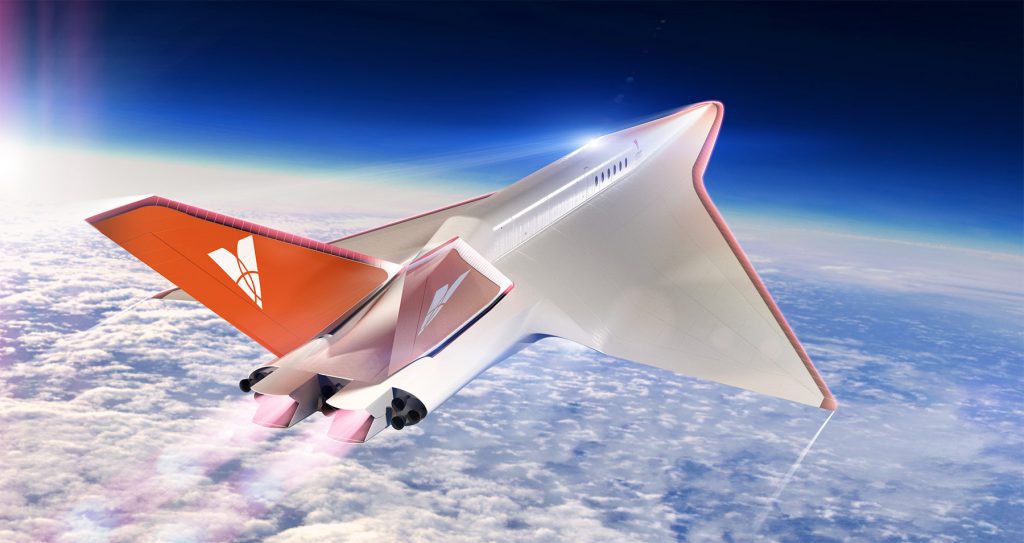Texas-based Venus Aerospace is working with rotating-detonation propulsion technology to turn the "Stargazer" from sci-concept to Mach-9 business jet that flies at 6,900 mph.

By MICHAEL VERDON
Venus Aerospace is building a hypersonic aircraft that can carry about a dozen passengers, traveling at Mach 9, nine times the speed of sound. The Stargazer, which measures 150 feet long by 100 feet wide, will travel between two cities in the world, says the Houston-based company, by flying 6,905 mph at an altitude of 170,000 feet.
Hypersonic is defined as five times the speed of sound. By comparison, the last commercial supersonic jet, the Concorde, traveled at Mach 2, or about, 1,535 mph. The fastest aircraft ever built, Lockheed’s SR-71 “Blackbird,” traveled at Mach 3.2 (2,455 mph).
Venus co-founder and CTO Andrew Duggleby plans to move Stargazer from science fiction to reality with a rotating-detonation engine that spins at 20,000 rotations per second. “Rotating detonation means the supersonic combustion happens continuously inside the engine and our video shows the detonation wave moving around the engine at supersonic speeds,” noted the company after its recent successful test of a prototype at its Spaceport Houston headquarters.
The rotating-detonation concept, which burns 20 percent less fuel than a conventional engine, is being promoted by the US Navy. This technology has been successfully tested before. But the Venus test was the first time using a room-temperature storable propellant, which will make the engine more viable for aircraft. “We now have both the technical knowledge and engineering to fully advance into next steps of development and flight testing,” said Duggleby.
The 150,000-lb. Stargazer will take off with conventional jet engines, but then transition to rockets once it reaches altitude. The route it will fly is not technically on the edge of space, or the Karman line, which is 100 kilometers above the Earth’s surface. But it will be high enough to see the planet’s curve and the blackness of space.
“This represents a key advancement towards real flying systems, both for defense applications and ultimately commercial high-speed travel,” said Jim Bridenstine, former NASA administrator and US Congressman, following the test.
Venus Aerospace has been working on the hypersonic aircraft concept since 2020, having raised $33 million to build the plane. The firm will now begin hypersonic flight testing with a 20-foot drone that the company hopes will reach Mach 5. After that, it will build the Stargazer prototype, though no date has been released.
The hypersonic business-jet concept is being pursued by other firms, including Sierra Space, which is building the “Dream Chaser,” and Atlanta-based Hermeus, which is working on a Mach 5 aircraft it calls the “Quarterhorse.” China’s Space Transportation, is developing a 12-passenger jetthat can fly 4,350 miles per hour, to travel from, say, New York to Beijing in an hour.
Virgin Galactic eventually plans to use its supersonic aircraft to transport passengers between distant cities at Mach speeds. The company’s Unity 2 aircraft broke Concorde’s previous speed of Mach 2.02 in 2018 by reaching Mach 2.47.
Original article:
Meet ‘Stargazer,’ the New Hypersonic Plane That Will Fly From New York to Tokyo in One Hour

